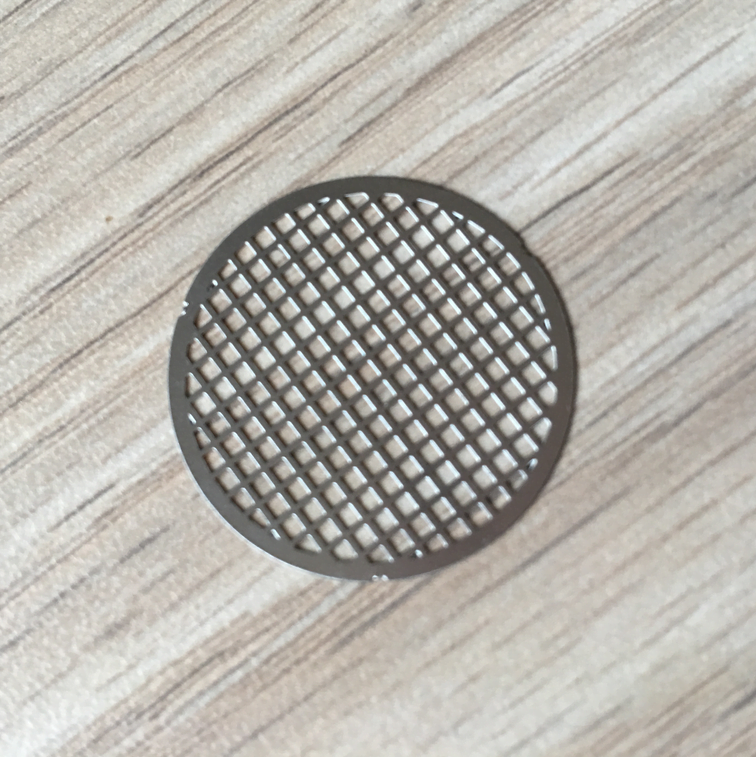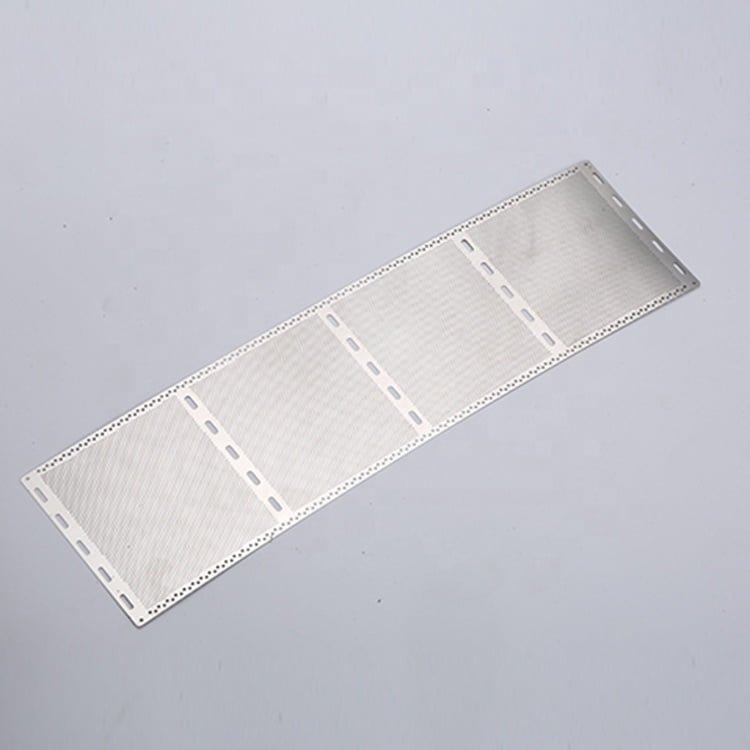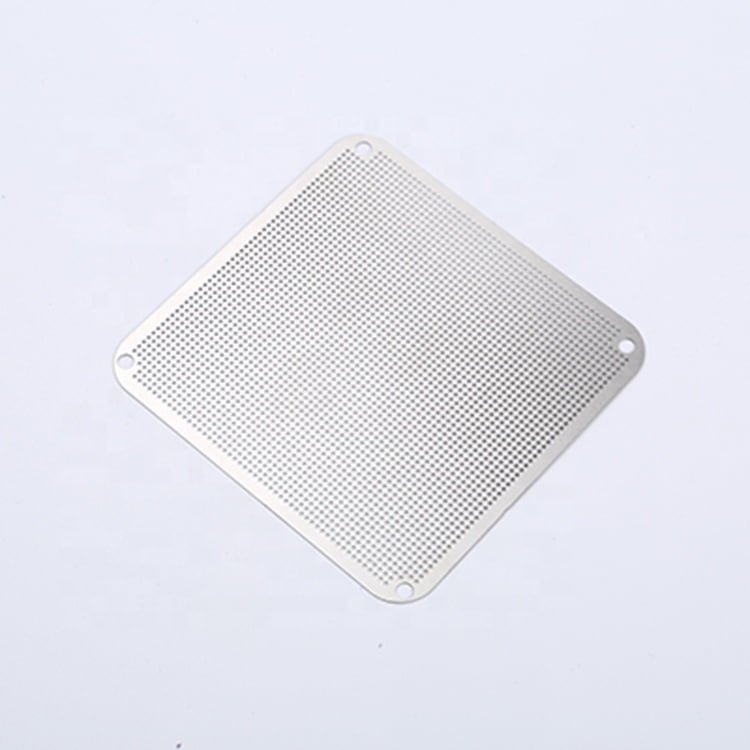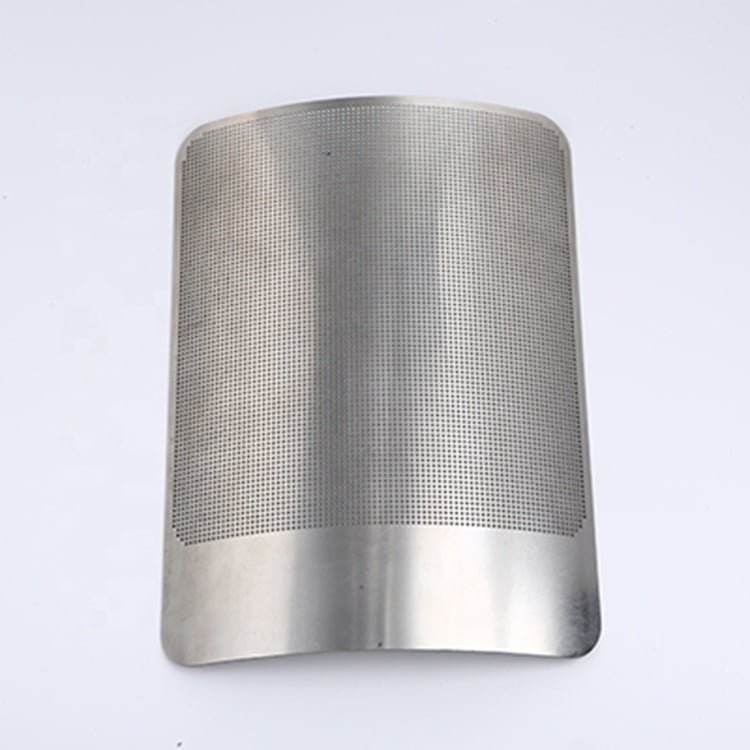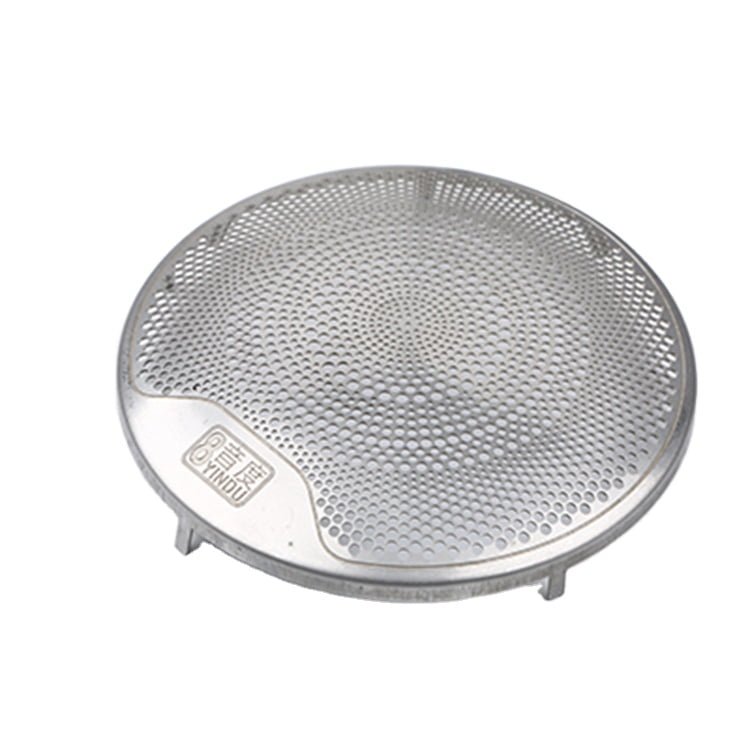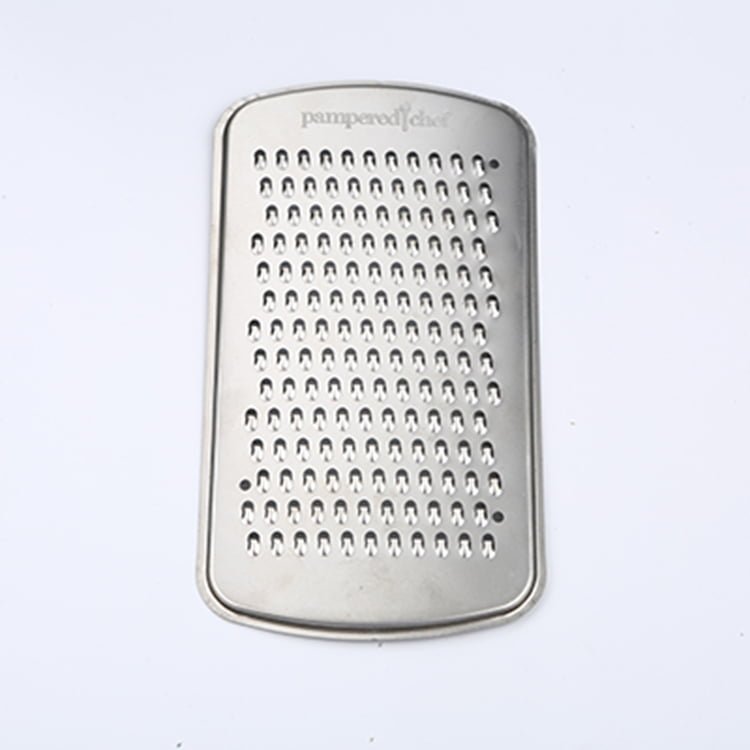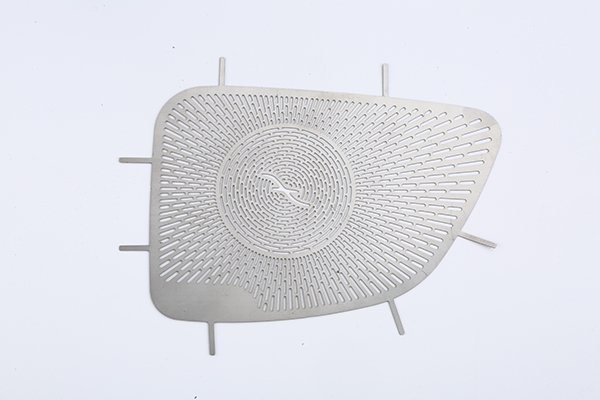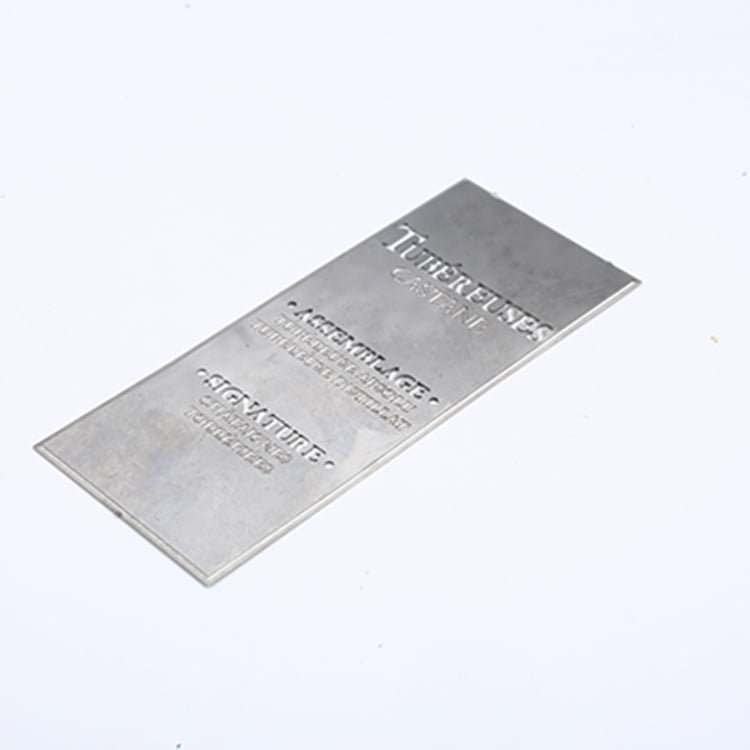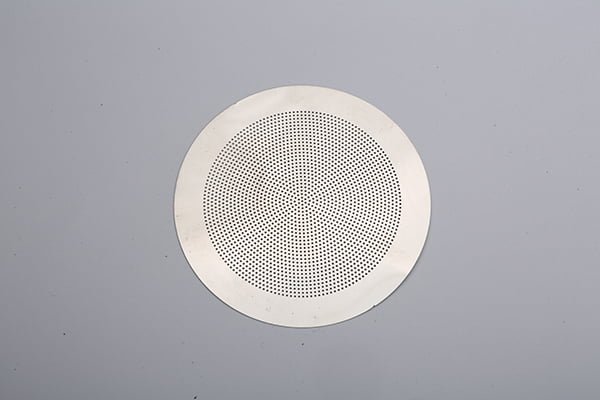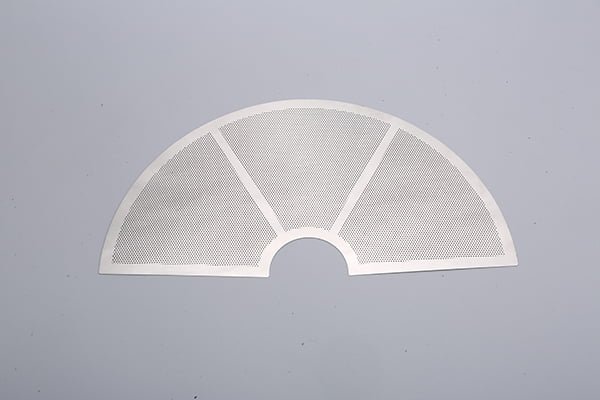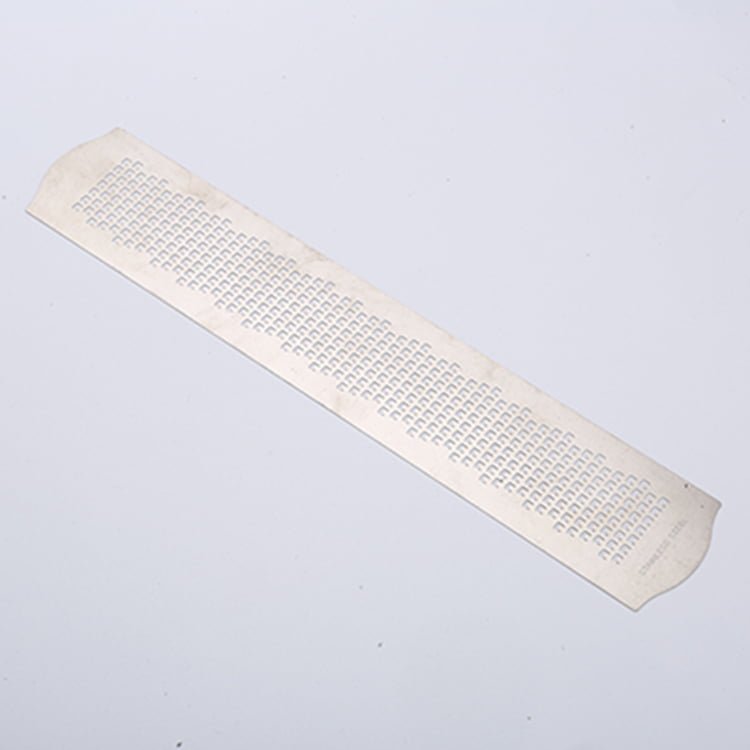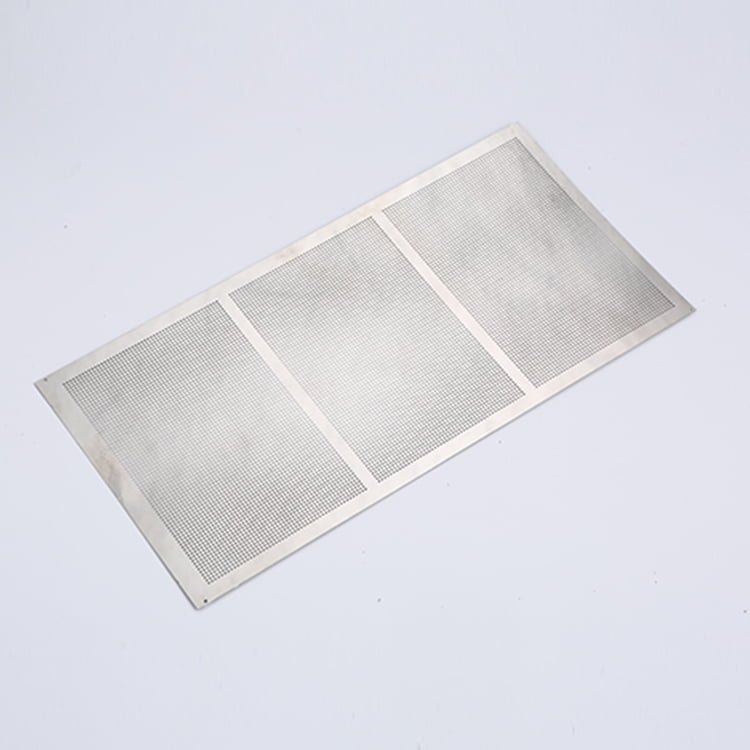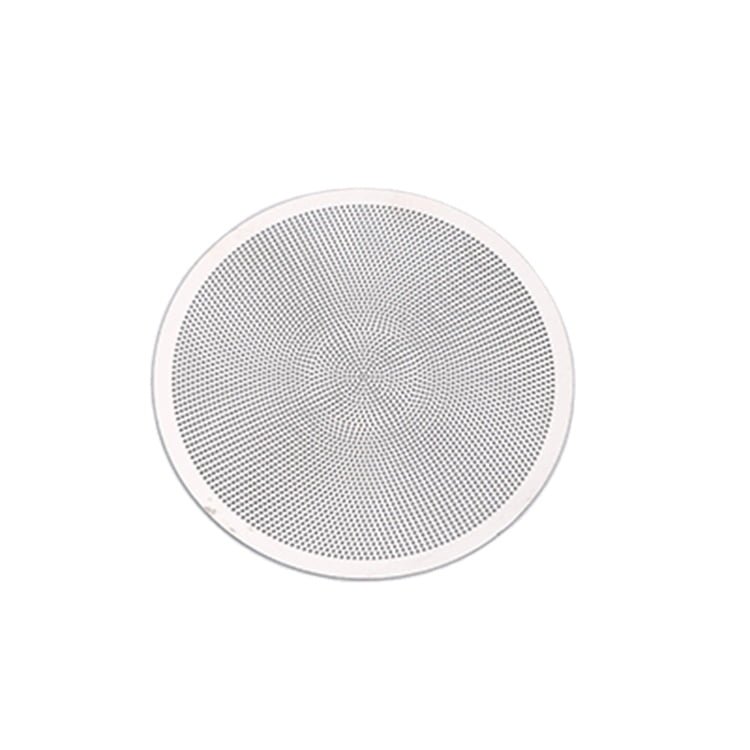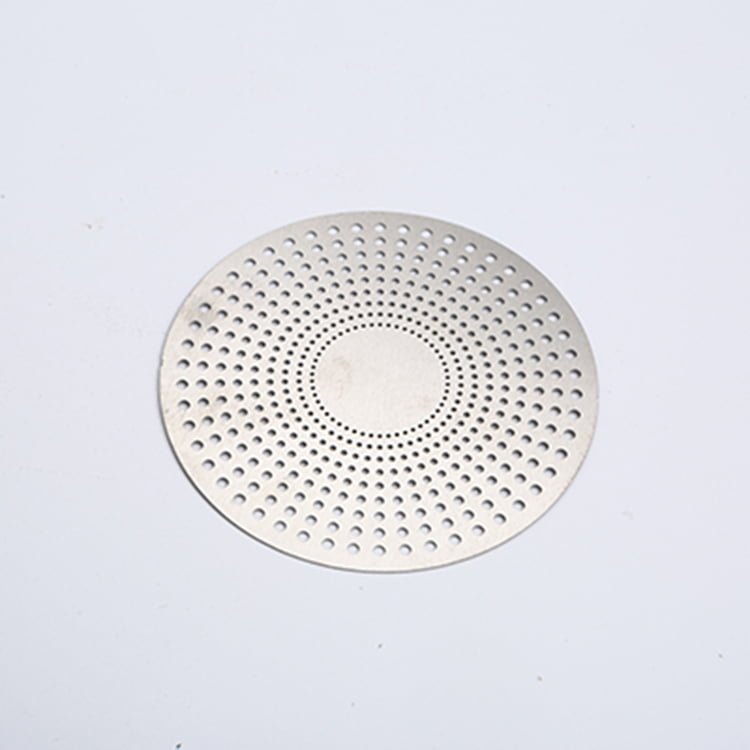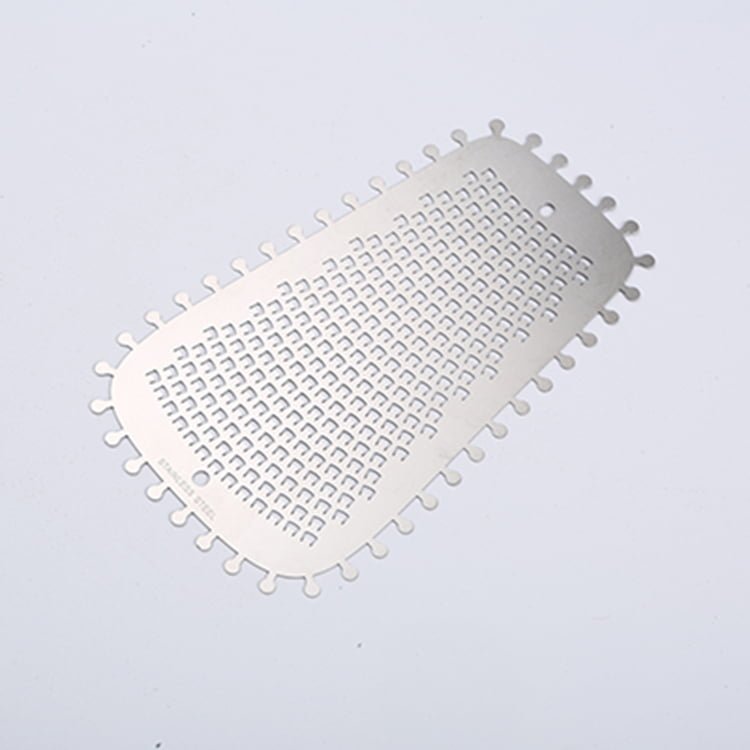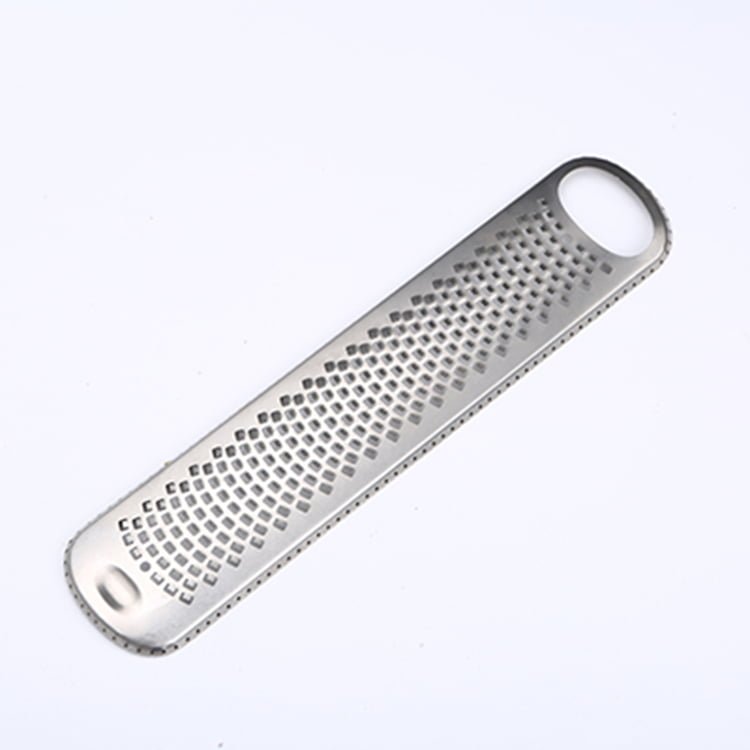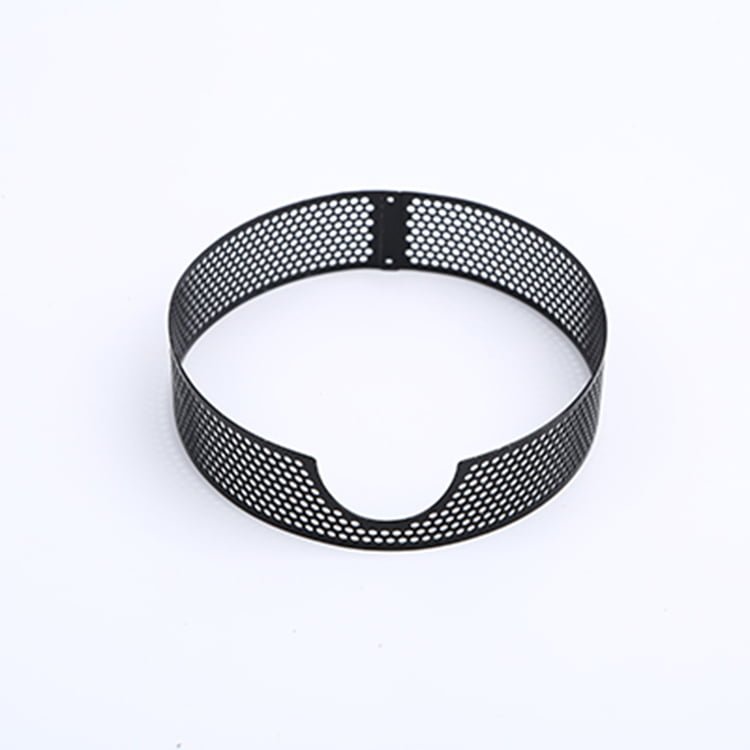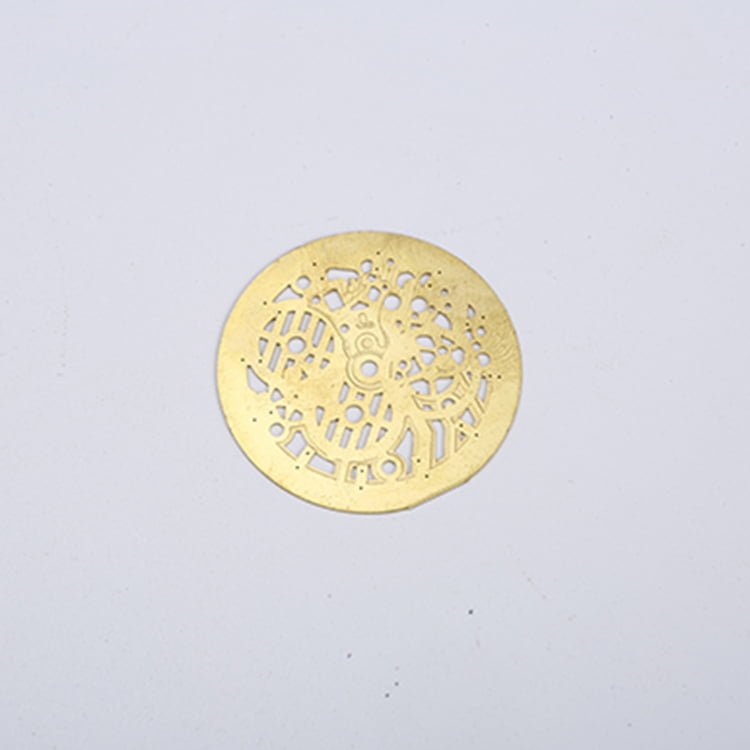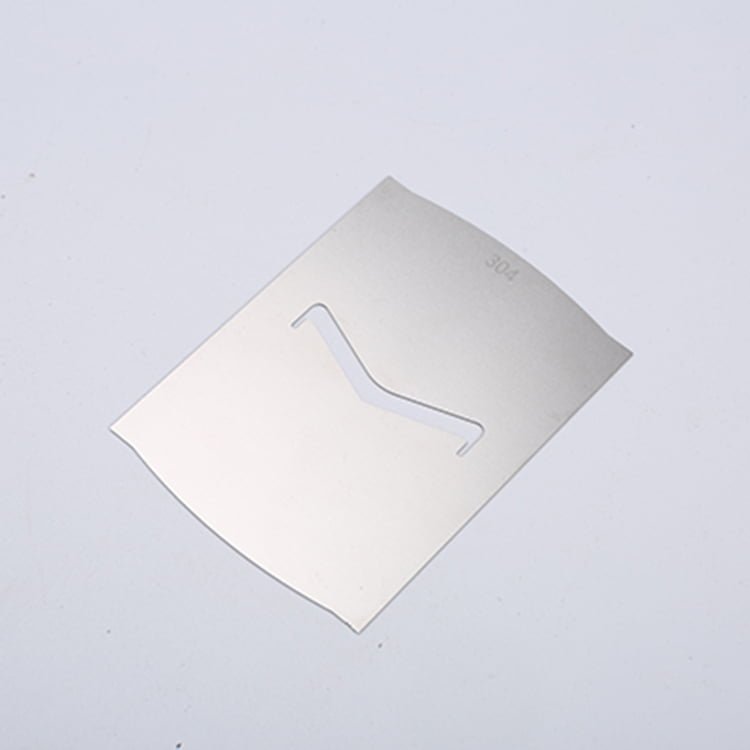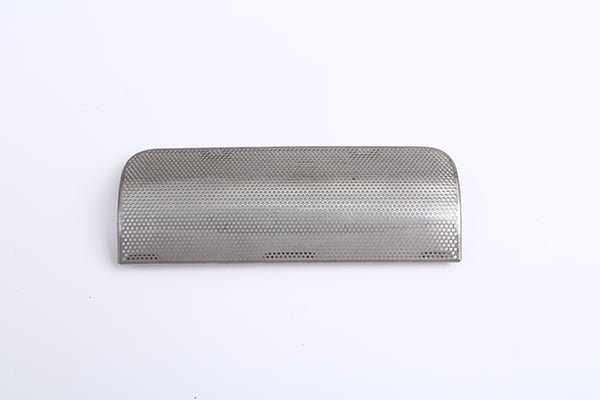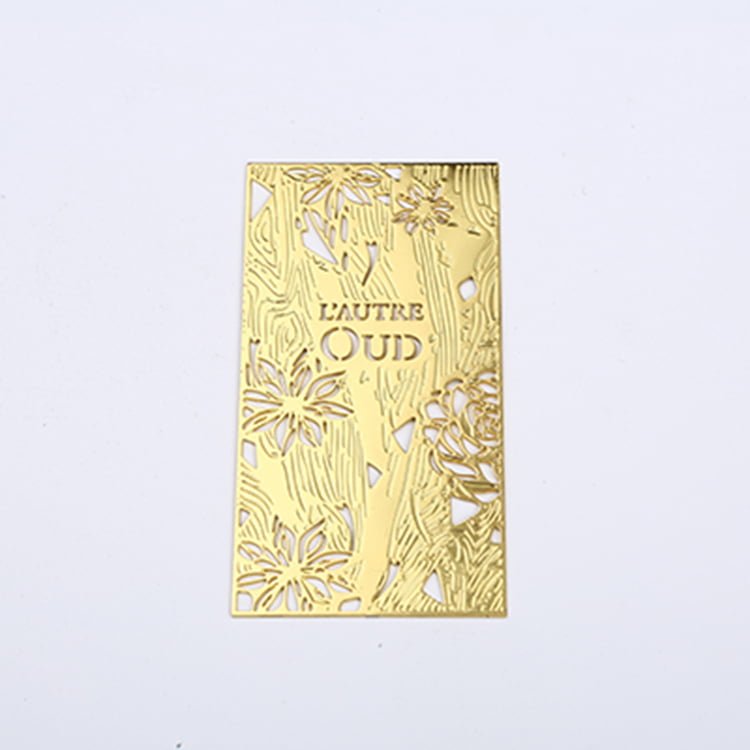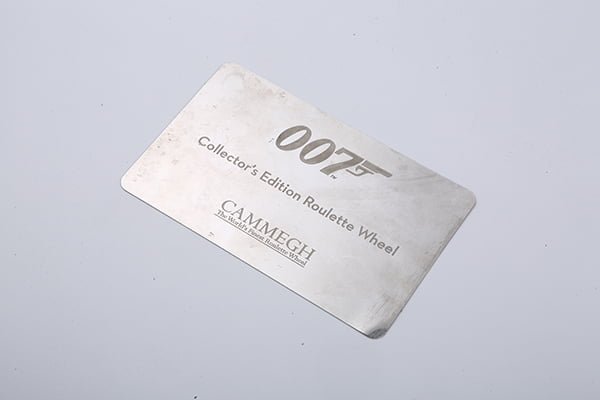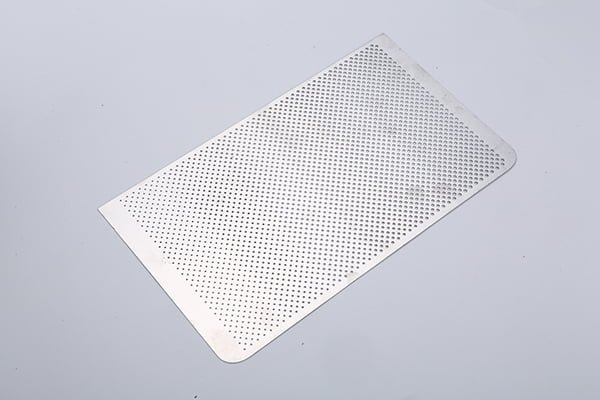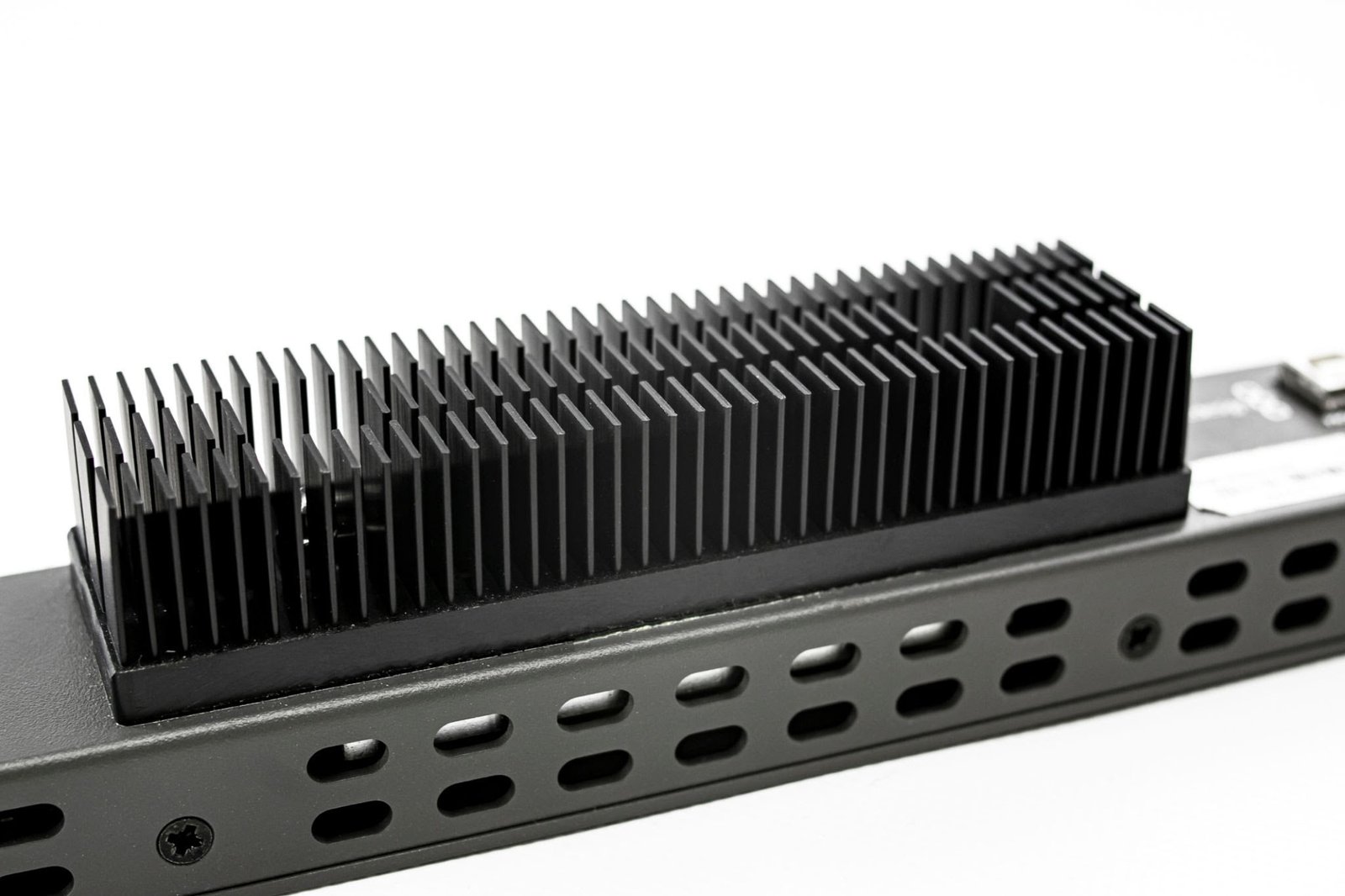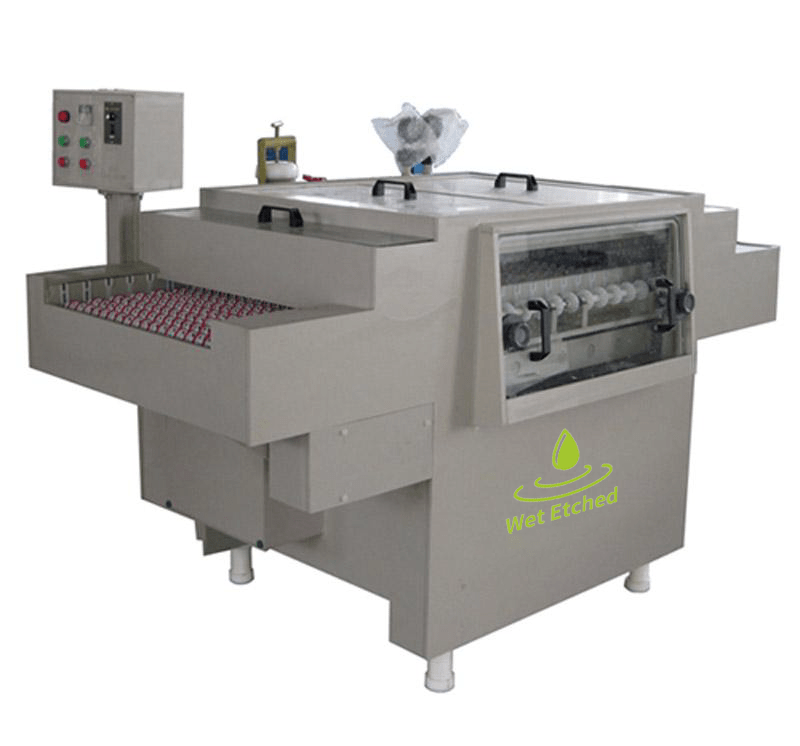Cobalt, a versatile and hard-wearing transition metal, is renowned for its exceptional magnetic properties, high strength, and heat resistance.
[custom_pricing]
Our Cobalt etching production facility
Cobalt Characteristics:
Cobalt exhibits several key properties that contribute to its broad range of applications:
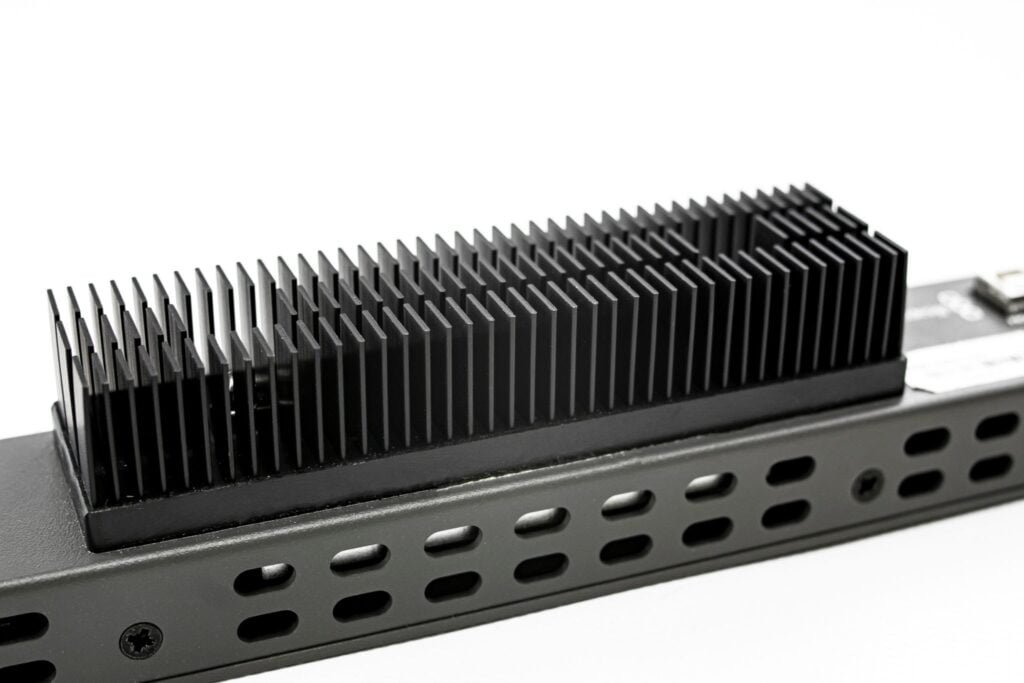
- High Strength: Cobalt’s exceptional strength and hardness make it suitable for wear-resistant components in machinery and tools.
- Heat Resistance: With a high melting point of 1495°C (2723°F), cobalt can withstand extreme temperatures.
- Magnetic Properties: Cobalt is ferromagnetic, making it valuable in applications requiring strong magnetic properties.
- Biocompatibility: Cobalt-chrome alloys are biocompatible, making them ideal for medical implants and dental prosthetics.
Metal Etching Cobalt:
Metal etching is a precise process used to selectively remove material from the surface of cobalt to create intricate patterns and designs. When etching cobalt, the choice of etchant is crucial for achieving optimal results:
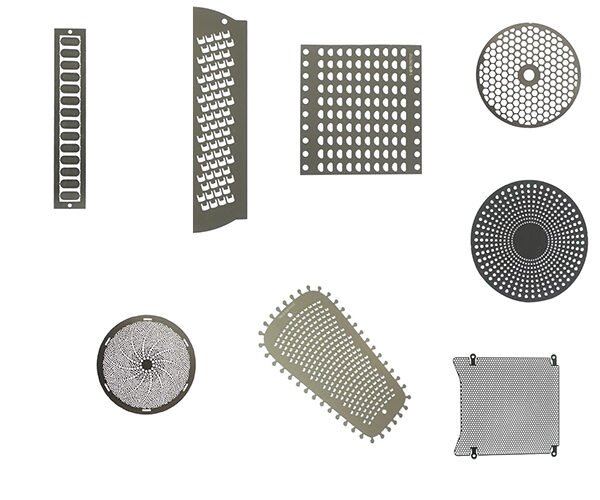
- Hydrochloric Acid (HCl) Solution: Advantages: HCl solution is effective for etching cobalt due to its ability to dissolve the oxide layer.
- Sulfuric Acid (H2SO4) Solution: Advantages: Sulfuric acid can be used for controlled etching of cobalt, allowing for precise pattern transfer.
- Aqua Regia: Advantages: Aqua regia, a mixture of nitric and hydrochloric acid, is suitable for aggressive etching of cobalt.
Cobalt etching equipment
Wet Processing Equipment – Cobalt etching machine
The Cobalt etching machine is used to spray chemical solution to a copper-clad laminator, aluminum substrate, or stainless steel plate, the exposed copper, aluminum, and stainless steel are etched away, retaining the pattern or circuit covered by the corrosion-proof film, so as to achieve the purpose of making pattern or circuit.
This etching machine is an all-in-one small Cobalt etching machine that is easy to install and can be used immediately after powering on.
Photo Etching Cobalt:
Photo etching is a precise process used for intricate designs on cobalt:
- Material Film: Photomasks made of high-quality polymer films with excellent UV resistance are recommended for precise and detailed etching.
- Temperature Control: Maintain a stable and controlled temperature during the photoresist exposure and development process to ensure accurate pattern transfer.
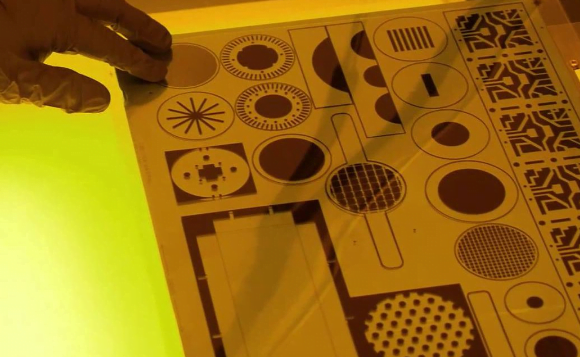
Cobalt’s exceptional properties make it a valuable material for precision machining across diverse industries. By understanding the etchants, surface treatment methods, electroforming techniques, metal cleaning, and photo etching processes for cobalt, manufacturers can achieve exceptional results without compromising the material’s integrity. Applying these insights will enable the production of high-quality cobalt products tailored to specific applications, ranging from aerospace to medical and beyond.
View our metal etching products
how to etch Cobalt?
Etching Cobalt Process Guidelines
| Metal Etching | Etchant Etching | Etching Temperature (°C) | Etching Concentration (%) | Estimated Etch Depth (microns) | Etching Quality |
|---|---|---|---|---|---|
| Etching Cobalt | Sulfuric Acid (H2SO4) | Room temperature | 10-15% H2SO4 | 5-20 | High-quality (smooth) |
| Etching Cobalt | Hydrochloric Acid (HCl) | Room temperature | 10-15% HCl | 5-20 | High-quality (smooth) |
| Etching Cobalt | Aqua Regia | Room temperature | 1:3 HNO3 to HCl | 5-20 | High-quality (smooth) |
The values provided are approximate and can vary depending on specific etching conditions, including exposure time and the condition of the cobalt surface. Always conduct test etches and adjust parameters as needed to achieve your desired results. Additionally, safety precautions should be followed when handling these chemicals, particularly in the case of Aqua Regia.
If you have metal wet etching Cobalt needs, please feel free to contact us.
FAQs
[FAQS]
Etching Cobalt Samples
